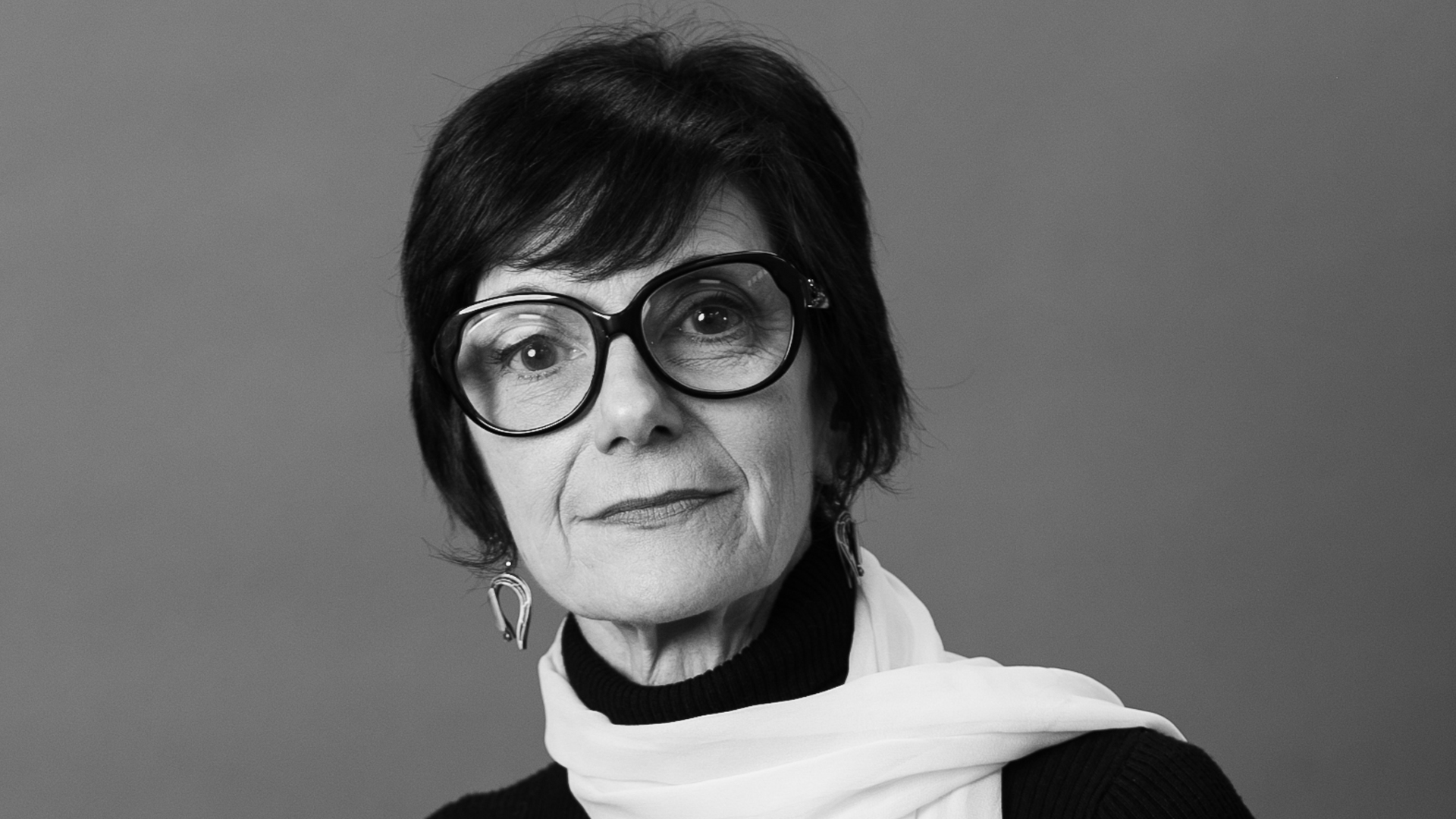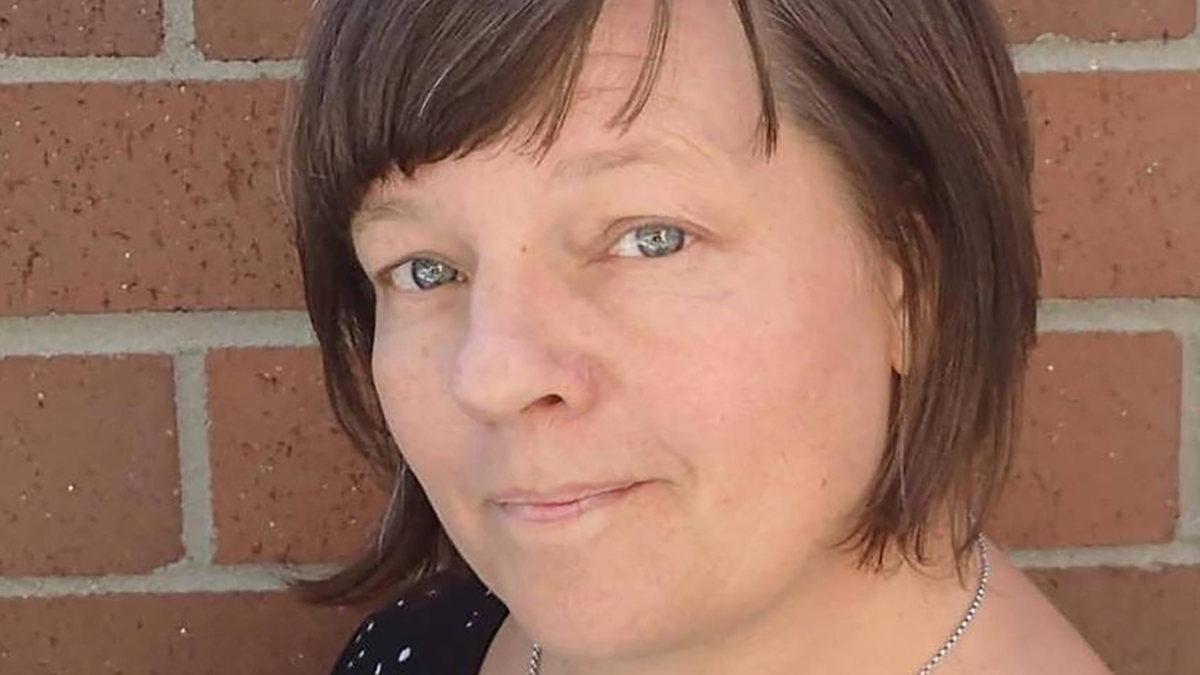
ART VIEWS
Since I began writing ballet columns almost ten years ago, I have received a great deal of positive feedback. One of my close friends said to me, “I like your PBS Reno and RGJ articles on ballet for dummies. It gives my wife and me, she’s a huge ballet fan, something to talk about.”
I’m not so sure the “Dummies” folks would appreciate the analogy, but I have tried to make my stories appeal to both the veteran ballet enthusiast and someone who may be new to the art form.
As a board member for A.V.A. Ballet Theatre, I have attended close to 200 ballet performances. I appreciate the athleticism and the grace of the dancers. That the women dance en pointe – supporting their weight on the tips of their toes – makes it even more amazing. This said, I have a background in marketing not dance and there are probably 300 ten-year-old girls in Reno and Sparks who know more about the technique of ballet than I do.
I know I’m not alone.
If serious ballet aficionados and current and former ballerinas in the area will indulge me, I’m going to try to explain a few of the common dance moves to those who, like me, may be “ballet challenged.” To do this, I have relied on A.V.A. Ballet Theatre’s artistic director Alexander Van Alstyne and his co-director Miriam Allen to give me explanations on each technique. The pictures with this column illustrate the moves I am describing.
I’m going to start with the FIRST POSITION – naturally. This is when the dancer’s feet are flat on the floor and the toes are pointing in the opposite direction. The heels are touching. SECOND POSITION has the arms raised to the side and elbows and wrists slightly below the shoulders with the feet about a foot apart. From there they can go into a PLIÉ. This is a bending outward of the knees. A VARIATION is a solo dance.
With those basics out of the way, I hope to describe some more exciting dance moves. The PIROUETTE is a turn on one leg with the dancer starting on one or two legs in a PLIÉ and moving into a RELEVÉ (rising onto the balls of one’s feet for a man and en pointe for a woman) with a rotation. In the past two paragraphs, I’ve used three words I have never heard before in my life – but I digress.
Continuing on with ballet for the challenged, an ARABESQUE is a dancer’s body position where they stand on one supporting leg and the other leg is extended behind them and turned out. Both legs are held straight. A JETÉ is a leap where the dancer’s one leg looks to be thrown in the direction of the movement. A GRAND JETÉ is a long horizontal jump with the dancer starting from one leg, gliding through the air, and landing with the other leg. The GRAND JETÉ is often referred to as the flying splits.
A PAS DE DEUX means “step for two” and is therefore a dance duet. It is usually executed by a male and female dancer. Marko Micov and Marize Fumero from the Milwaukee Ballet will be performing a breath-taking pas de deux next month during A.V.A. Ballet Theatre and the Reno Phil’s production of Coppélia at the Pioneer Center.
Finally, the GRAND PAS is a series of individual dances that highlights the talents of the lead dancers or the corps de ballet. The GRAND PAS is the crescendo of a classical ballet. In an A.V.A. Ballet Theatre production the grand pas consists of an opening routine, a pas de deux, a female and a male solo variation, and then a CODA – which is the concluding feature of a performance.
Well, this concludes my lesson for the ballet-challenged. I must tell you that I barely scratched the surface of the intricacies of ballet. If you go online, you will find there are hundreds of ballet movements and their definitions. However, I didn’t want to overwhelm the novices so I focused on the basics. Now, pull out a pen and paper – there’s going to be a test... I’m kidding!
The next time you are at the Pioneer Center for a classical ballet performance, bring this article and Andy’s pictures with you. See how many of these ballet moves you can spot.
Steve Trounday is a board member at A.V.A. Ballet Theatre, the resident ballet company of the Pioneer Center for the Performing Arts. Their next production is Coppélia and can be enjoyed September 16 and 17 at the Pioneer with the Reno Phil.

ART VIEWS
Vortex, the Ballet that Rocks by Steve Trounday — July 7, 2023
Heart and Soul by Steve Trounday — June 2, 2023
The Cost of Performing Arts by Steve Trounday —April 28, 2023
Do You Want to Go See Frozen? by Steve Trounday — March 24, 2023
Choreography Elevated by Steve Trounday — February 17, 2023
2023 Performances Featuring A.V.A. Ballet Theatreby Steve Trounday — January 13, 2023
The Nutcracker Takes the Stage by Steve Trounday — December 9, 2022
Look Forward to Giving Back by Steve Trounday — November 4, 2022
For the Love of Costumes by Steve Trounday — September 30, 2022
Swan Lake Takes Flight in September by Steve Trounday — September 2, 2022
Dancers Near and Far Share the Stage by Steve Trounday — August 5, 2022
Vortex, the Ballet that Rocks 2022 by Steve Trounday — July 8, 2022
Ballet with a Live Orchestra by Steve Trounday — June 10, 2022
En Pointe by Steve Trounday — May 13, 2022
Local Dancer’s Rise to the Top by Steve Trounday — April 15, 2022
Back on Stage with Beauty and the Beast by Steve Trounday — April 1, 2022

ART VIEWS

ART VIEWS

ART VIEWS

ART VIEWS